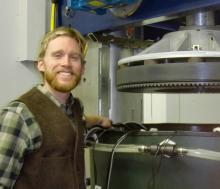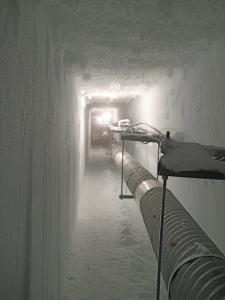
Tunnel under the Ice Cube Neutrino Observatory
How do you find something that isn't directly visible? That's the challenge faced by the team that developed the IceCube neutrino detector under the ice at the South Pole. Just as X-rays allow us to see bone fractures and MRIs help doctors find damage to soft tissue, neutrinos will reveal new information about the Universe that can't be seen directly. The in-ice particle detector at the South Pole records the interactions of neutrinos which are nearly massless sub-atomic messenger particles. Neutrinos are incredibly common (about 100 trillion pass through your body as you read this) subatomic particles that have no electric charge and almost no mass. They are created by radioactive decay and nuclear reactions, such as those in the Sun and other stars. Neutrinos rarely react with other particles; in fact, most of them pass through objects (like the earth) without any interaction. This makes them ideal for carrying information from distant parts of the universe, but it also makes them very hard to detect.
All neutrino detectors rely on observing the extremely rare instances when a neutrino does interact with a proton or neutron. This transforms the neutrino into a charged particle of the same type as the neutrino flavor (electron, muon, or tau). Muons are charged particles that can travel for 5-10 miles (8-16 kilometres) through matter depending on their energy, and generate detectable light in translucent media.
IceCube is made up of thousands of sensitive light detectors embedded in a cubic kilometre of ice between 1450 m and 2450 m below surface. The sensors are deployed on strings in the ice holes that were made using a hot water drill. IceCube detects about 300,000 neutrinos a year, and has a projected life time of two decades. The data collected will be used to make a "neutrino map" of the universe and to learn more about astronomical phenomena, like gamma ray bursts, black holes, exploding stars, and other aspects of nuclear and particle physics. However, the true potential of IceCube is discovery; the opening of each new astronomical window leads to unexpected discoveries.
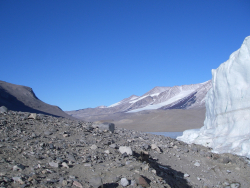 Dry soils of the McMurdo Dry Valleys, Antarctica
Dry soils of the McMurdo Dry Valleys, Antarctica

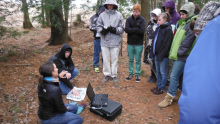
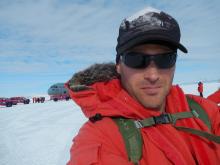
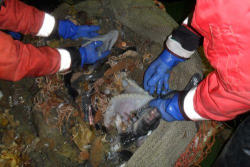 Trawling catch in Antarctica
Trawling catch in Antarctica

 The Totten Glacier on the edge of the Southern Ocean, Antarctica
The Totten Glacier on the edge of the Southern Ocean, Antarctica
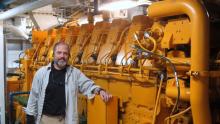
 Tunnel under the Ice Cube Neutrino Observatory
Tunnel under the Ice Cube Neutrino Observatory
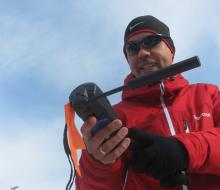
 Arctic Ground Squirrel
Arctic Ground Squirrel

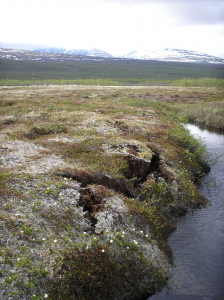 Thawing permafrost
Thawing permafrost
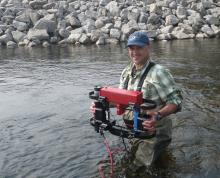
 Lake Kevo in northern Finland
Lake Kevo in northern Finland
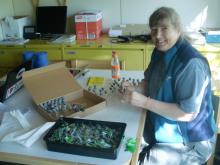
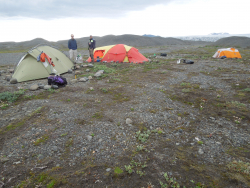 Field camp on the glacier foreland
Field camp on the glacier foreland
